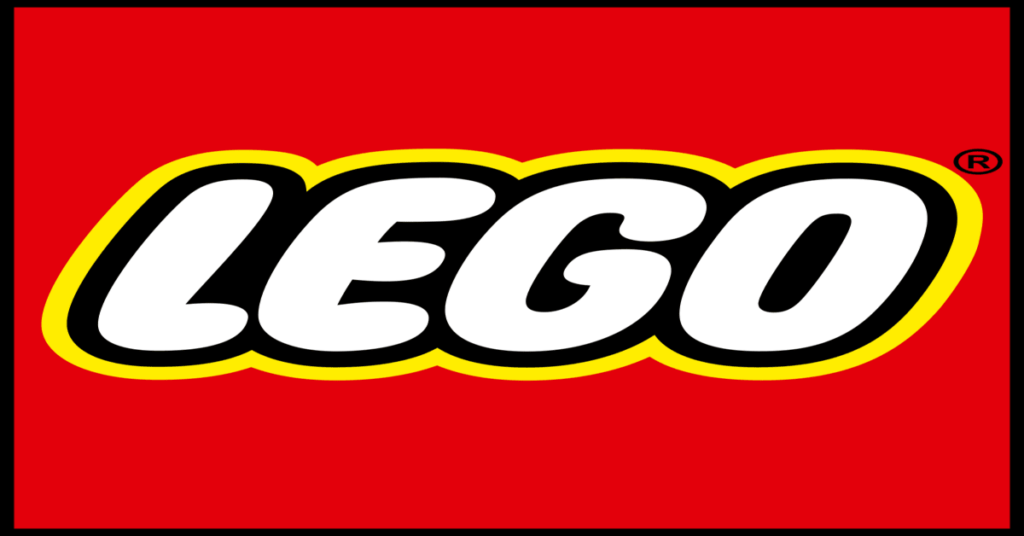A whopping one billion consumers, between the ages of 50 and 70, are being overlooked by marketers and brands for younger consumers. Mature consumers make up a multi-trillion-dollar market that has been disregarded time and again.
According to a study, conducted by BCG’s Center for Customer Insight, mature consumers have immense buying power. This group spends more than members of other age groups do on individual purchases, exhibits strong brand loyalty, is resilient through economic ups and downs, and wields surprising influence over younger consumers. The research highlighted that as societies age, the demographic will continue to grow in size and importance for decades. However, these consumers are difficult to reach and persuade through conventional marketing techniques.
The latest study titled ‘What we do know and don’t know about marketing communications on mature consumers’ highlighted that information processing of mature consumers cannot use a one-size-fits-all approach. It urges marketers to delve deeper into understanding the complexities of mature consumer behavior and preferences.
The research emphasizes the importance of personalized marketing approaches for mature consumers, recognizing their unique information processing mechanisms and the varying impact of marketing mix elements on their behavior. A co-author of the research said the study accentuates the pressing need for marketers to move beyond simplistic age-based stereotypes and embrace a more nuanced understanding of mature consumers.

The expert believes that businesses can unlock untapped opportunities and forge deeper connections with this increasingly influential demographic. “As businesses navigate the evolving landscape of marketing communications, the research serves as a beacon, illuminating the path forward towards more effective and inclusive strategies for engaging mature consumers.”
Age is Just a Number
Jeff Weiss, president, and CEO of Age of Majority, said in the marketing world, unless you have products that are focused on older adults, after a consumer turns 55, they drop off the table. “You don’t see many creative briefs or much market research or media buying that includes this age group. Most marketers are suffering from fear of marketing to older people (FOMO).” He highlighted the fact that most marketers are themselves young. “Only 6% or 8% are age 50 and older. The reality is that once you turn 40, you are considered a dinosaur in this industry.”
Weiss said marketers’ youth matters because it can easily beget agism. “With all the talk of diversity, equity and inclusion, rarely is age discussed as a prejudice. But when thinking about older consumers, people often think of agist stereotypes, such as an old guy sitting in a rocking chair just waiting to die.”
Professor Danae Manika, a marketing expert from Brunei University, London, said age as a concept is not enough for marketing segmentation techniques developed to meet mature consumers’ unique needs. “We identify a range of attitudes and behaviors of mature consumers and extend the mature consumer definition to include biological, psychological, and social dimensions, as well as life events, and life circumstances, rather than biological age alone.

Another expert, Professor Natalia Yannoppulou from Newcastle University said the main variable key in any discussion of marketing to this group involves chronological age, health, and self-perception of age. She believes it’s important to identify a range of consumer behaviors, such as their decision-making processes. Manika added that mature consumers when viewed as over-50s, are not a single market, and more precise segmentations are needed, such as 50 to 65, 65 to 80, and over-80s, although age alone is not enough. “It is even more useful if chronological age is used alongside other dimensions of aging, such as physical and cognitive health and self-perception of age. The latter two are likely to have a larger predictive ability to consumer behavior than chronological age.”
Yannopoulou pointed out that self-perception is socially constructed and influenced by an individual’s experiences and life events. Manika said future research must explore how mature consumers use technology and social media. “This is under-explored, as is their inclusion within digital society. A further segment that requires future research is that of consumers who are less affluent and educated and possess little financial or social capital. Cultural segmentation aspects must also be considered. Also, little work is available to suggest how mature consumers define themselves.”
Also Read: Influencer Marketing to be Worth $24 billion by 2024-end



